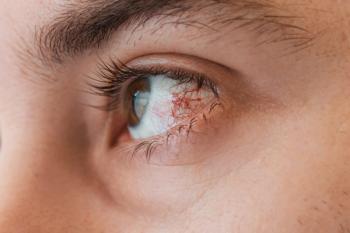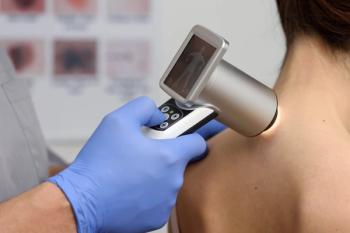
Q&A: What managed care organizations can learn from retail clinics
Brad Fluegel, chief healthcare commercial market development officer at Walgreens, discusses what managed care organizations and healthcare executives can learn from the success of retail clinics.
More patients are turning to retail-based clinics for care. A consumer survey by PwC's Health Research Institute, conducted in December 2013, showed that 35% of respondents had visited a retail clinic in the last 12 months, up from 9.7% in 2007.
As more patients use retail clinics, more are cropping up across the country. A June 2013 report from Accenture, a management consulting, technology services, and outsourcing company, projected that the number of retail clinics would grow 25% to 30% annually between 2012 and 2015.
To learn more about what's behind the retail clinic appeal (and to find out what managed care organizations can learn from their success), Managed Healthcare Executive(MHE) asked Brad Fluegel, chief healthcare commercial market development officer at Walgreens, to weigh in.
Fluegel also serves on the board of directors for Health Integrated, a company focused on precision care management using actionable data and an integrated care management model to address the physical, psychological and social drivers impacting patient health.
MHE: What is the "retail revolution" in healthcare?
Fluegel: From our perspective, the retail revolution is something that has been evolving for more than a decade-that’s also about the time Walgreens first got into the retail clinic business (2007) and first started to administer flu shots (2006) at our pharmacies. These and other initiatives aimed at providing greater convenience and access to patients have continued to grow since that time. This “retailization” means customers have increasingly become focused on having access to high-quality, affordable care in a convenient setting within their community. There’s a greater focus and need than ever before on being able to provide services to customers and patients when they want it, where they want it, and how they want it.
MHE: What are the key drivers behind the retail revolution?
Fluegel: Without question the biggest driver is technology-which has significantly grown the demand for simple, quick, and convenient options in every aspect of our lives, including healthcare. For example, advancements in technology have enabled the extension of pharmacy services beyond retail stores and created many opportunities for innovations to help customers improve their health while also driving loyalty.
The technological advances are also changing consumer behavior, as people expect personalization and greater convenience, and technology has enabled us to meet these demands in new and different ways.
Other big drivers include having millions of newly insured Americans under the Affordable Care Act, and an ongoing shortage of primary care physicians. This has created the need for more points of care and greater access, which have helped drive and further some of these retail trends.
MHE: What are some of the biggest ways the retail revolution will impact managed care?
Fluegel: Retail clinics are a great example. A typical hospital or health system could have very little patient interaction over the course of a year-whereas clinics may see a patient multiple times for acute issues and more often for a chronic illness. Meeting consumers where they are in a convenient and affordable setting well-positions clinics to take on a more integrated role within the U.S. healthcare system, ultimately improving the value of the system overall.
Through greater patient engagement and various touch points within the retail clinic environment, clinics are a means to help coordinate care and make it easier for people to make healthy choices while using the healthcare system efficiently.
MHE: What are some of the managed healthcare executives can do to ensure their businesses thrive amidst the retail revolution?
Fluegel: The success of retail clinics and other programs and services that have extended offerings to other platforms, such as online and mobile, further demonstrates people’s desire to access care in a variety of ways and again, how, where, and when they want or need it. Managed care executives need to find a way to adapt to ever-changing consumer demands and market dynamics.
People value convenience and being reached where they are, and patients want to be viewed as people with real issues and real behaviors outside of their medical history. Managed care executives and their associated providers need to be able to integrate a patient’s medical history with their behaviors, mindsets, social factors, occupational history, and so on; and that will go a long way toward the healthcare system truly managing the health of a population.
Newsletter
Get the latest industry news, event updates, and more from Managed healthcare Executive.






















































